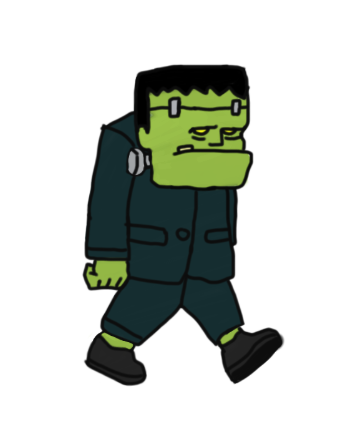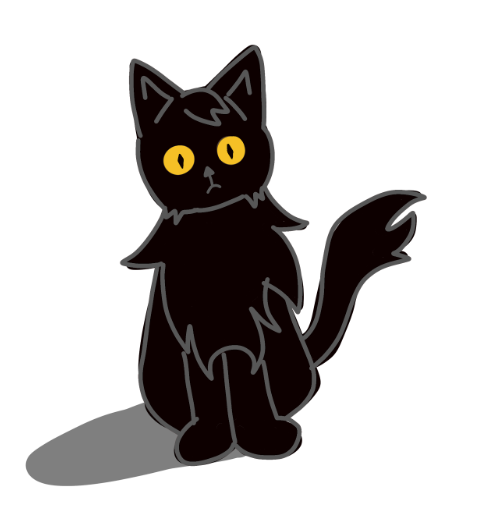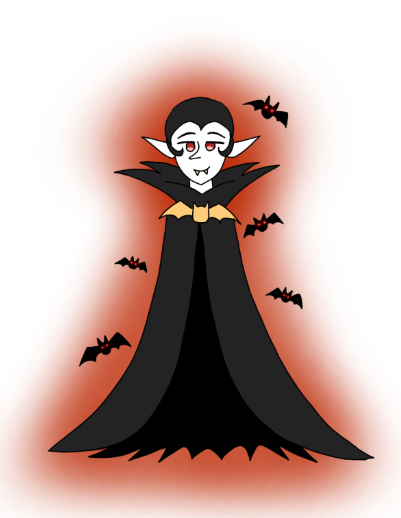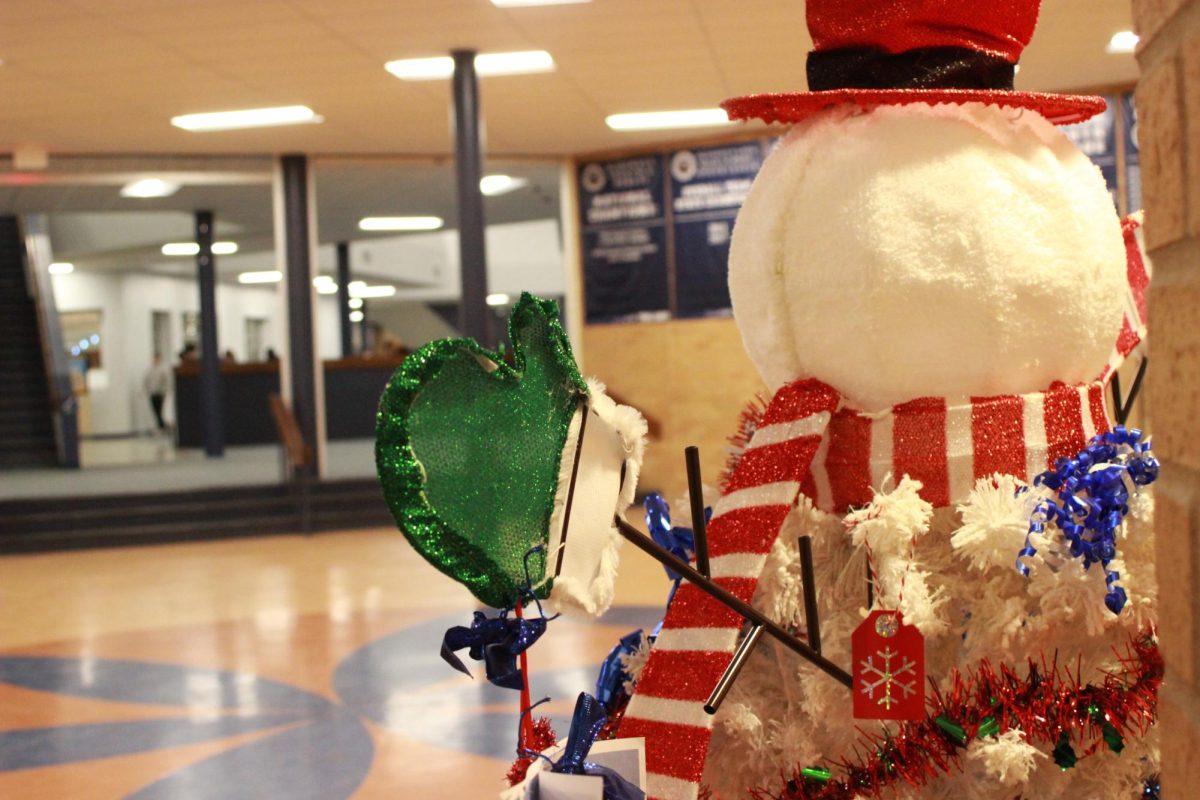Firstly, the giant green monster covered in stitches that we know today isn’t even named Frankenstein, nor was it originally even depicted as green.
In Frankenstein, or The Modern Prometheus, by Mary Shelley, a young, arrogant scientist named Victor Frankenstein was fascinated with the idea that he could reanimate a corpse and gain the same fame and power as the divine.
The story’s author was inspired to write the novel when Sheeley and a few other authors stayed inside a villa with nothing to do during a volcanic eruption that affected the world’s climate. One of those authors proposed that they all write ghost stories.
Days went by of Shelley trying to come up with an idea, before one night, the discussion of reanimation and the nature of life and death sparked the horror. She had a dream of a pale student looking over the thing he had put together with a powerful engine.
In the novel, the young student of natural science, Frankenstein, puts together human parts and pieces to create the monster, who never actually has a name in the story. The monster’s complexion consisted of sheer yellow skin that thinly veiled its muscles and veins that lay beneath, oddly white teeth, watery eyes and long black hair, while it towered at eight feet tall.
When the monster awoke, it was curious, sensitive even. The creature was astonished at the world and longed to find a connection. But when Frankenstein saw what he had made, he was repulsed and tossed it aside.
The monster’s disgusting appearance led its own creator to abandon it. While the monster is innocent and childlike at first, rejection eventually leads to rage inside the creature. When the thing turns to the town for compassion, but is turned away with sneers, it terrorizes the town instead.
Many people mistakenly call the monster by its creator’s name, but as you can see, Frankenstein’s monster has always been a fright and a horror— even since Shelley herself dreamt it up, however, some may consider the real monster to be Frankenstein himself.








